Saft to provide 800 kWh Li-ion system for hybrid ferry
Green Car Congress
JUNE 22, 2015
Saft has won a contract to supply Li-ion battery systems to Imtech Marine, a leading maritime technology supplier. The vessel is being funded by the Scottish Government to help meet the target set in its Climate Change Delivery Plan to reduce CO 2 emissions in the transport sector by at least 20% by 2020.


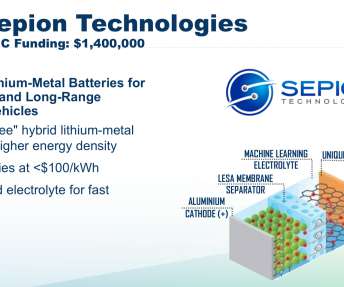






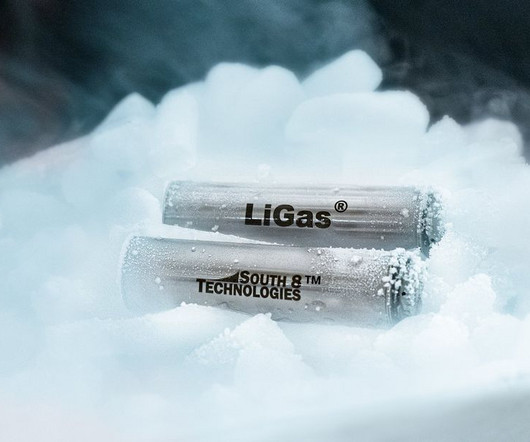




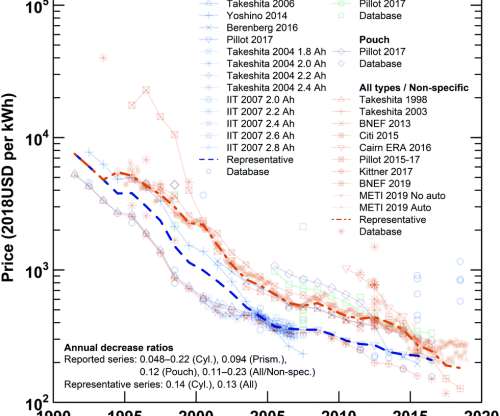




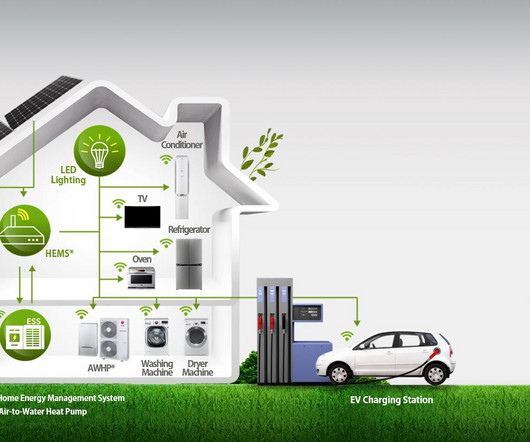




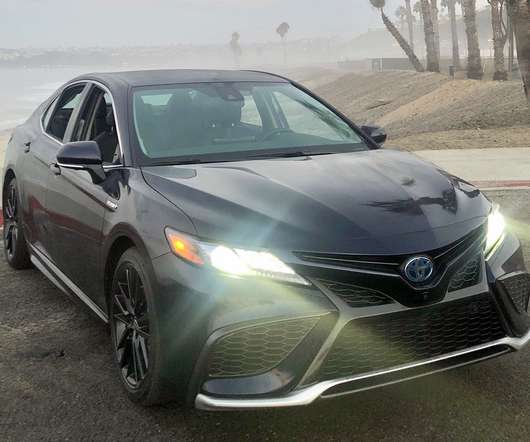












Let's personalize your content